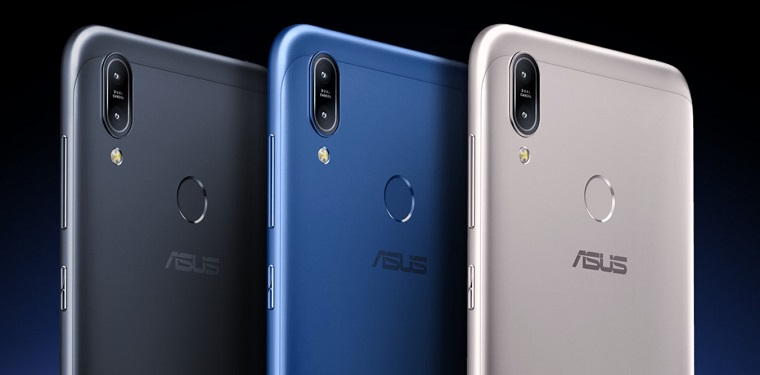


The PC on which it is to be used will need to have at least 4GB of disk space for storing Android apps and games and their data which again is requirement easy to tick off. It requires a minimum of 2GB RAM, while in 2018, most users would have more than 6GB of RAM installed in their systems already. BlueStacks is very light on your PC, which is one of the reasons why most users rank it as one of the best PC Android emulators. StackOverflow still delivers, fixes my Rollup.js problem.

It is another case of Microsoft doing the hard work to make Windows a better platform for developers, even when they are targeting non-Windows platforms (as is increasingly the case). The new feature is “thanks to a new Microsoft Windows Hypervisor Platform (WHPX) API and recent open-source contributions from Microsoft,” says Eason. You need to use Hyper-V at the same time.Situations in which you should use WHPX with the emulator are the following: Though we recommend using HAXM on Windows, it is possible to use Windows Hypervisor Platform (WHPX) with the emulator. However the new Hyper-V support works fine on Intel as well as AMD PCs. Intel HAXM does not work with AMD processors.”Thanks to on-going development by Intel, the fastest emulator performance on Windows is still with Intel HAXM,” says Eason, stating that HAXM remains the default on Intel PCs and is recommended. Google Product Manager Jamal Eason has made a rather confusing post, positioning the new feature as mainly for the benefit of developers with AMD processors. This a relief to Docker users, for example, since Docker now uses Hyper-V by default. Google has announced that the latest release of the Android Emulator will support Hyper-V on both AMD and Intel PCs. The pain of dual-boot just to run the Android emulator is coming to an end. An annoying issue for Android developers on Windows is that the official Android emulator uses Intel’s HAXM hypervisor platform, which is incompatible with Microsoft’s Hyper-V.


 0 kommentar(er)
0 kommentar(er)
